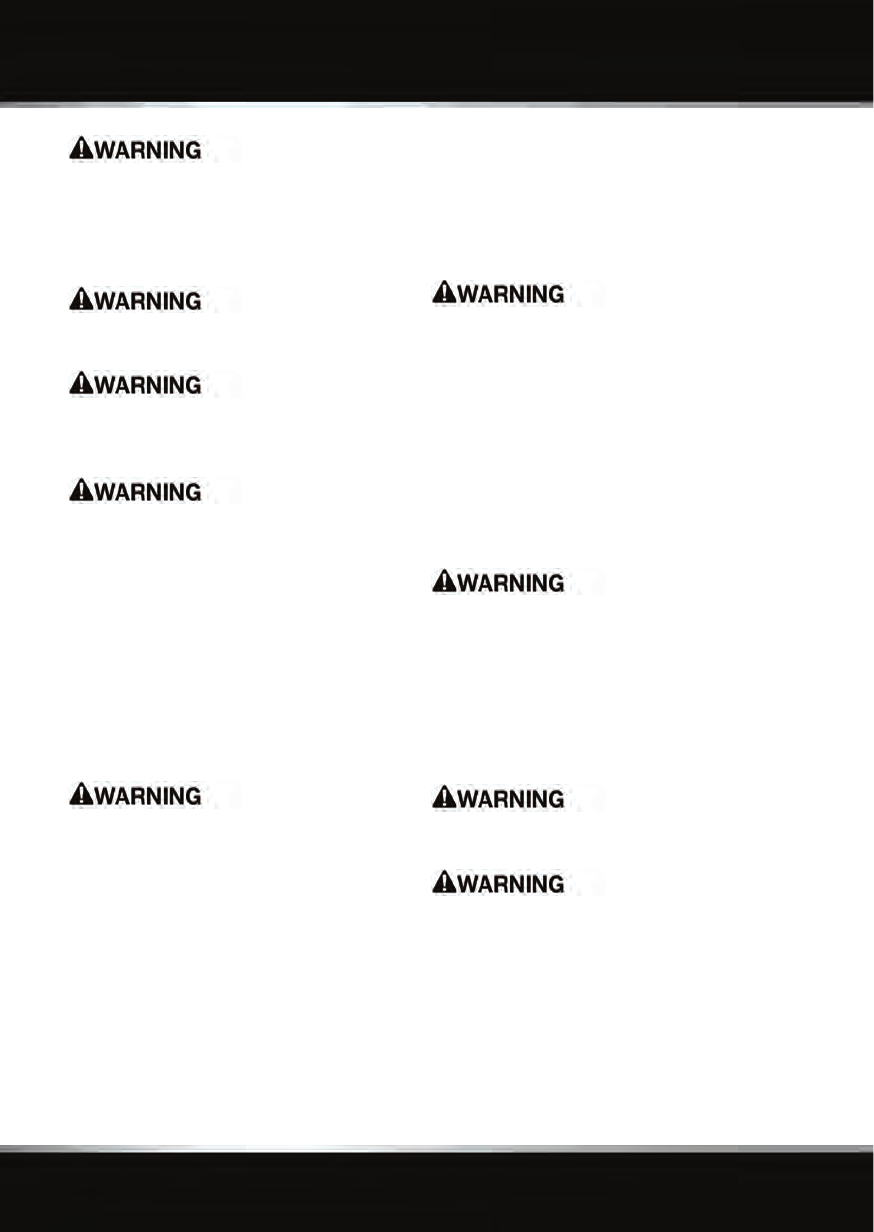
L
(FM8) SEMCON JLR OWNER GUIDE VER 1.00 NAS
LANGUAGE: english-NAS-en; MARQUE: jaguar; MODEL: XJ
Occupant safety
26
Seat belts should be adjusted as firmly as
possible, consistent with comfort, to provide
the protection for which they have been
designed. A slack belt will greatly reduce the
protection afforded to the wearer.
Belts should not be worn with the straps
twisted.
Each belt assembly must only be used by one
occupant. Never let children share a seat or
seat belt.
Riding with a reclined seatback increases
your chance of serious or fatal injuries in the
event of a collision or sudden stop. The
protection of your restraint system (seat belts
and airbags) is greatly reduced by reclining
your seat. Seat belts must be snug against
your hips and chest to work properly. The
more the seatback is reclined, the greater the
chance that an occupant's neck will strike the
shoulder belt. Drivers and passengers should
always sit well back in their seats, properly
belted, and with the seatback upright.
Never place anything between you and the
seat belt in an attempt to cushion the impact
in the event of an accident.
5. With the seat belt correctly positioned,
place the metal tongue into the buckle
nearest to you. Press it in until a click is
heard. Ensure that all slack has been taken
up by the retractor and the belt fits tightly
across the hips.
Note: When releasing the seat belt it is
advisable to hold the belt before pressing
the release button. This will prevent the
belt from retracting too quickly.
To release the seat belt, press the red
button.
The air bag Supplementary Restraint System
(SRS) is designed to add to the overall
effectiveness of the seat belts. It does not
replace them. Seat belts must always be
worn.
6. Use of seat belts during pregnancy:
Position the lap strap comfortably across
the hips beneath the abdomen. Place the
diagonal part of the seat belt between the
breasts and to the side of the abdomen, as
illustrated.
Position the seat belt correctly for the safety
of the mother and unborn child. Never wear
just the lap strap, and never sit on the lap
strap while using just the shoulder strap.
Both of these actions are extremely
dangerous, and may increase your risk of
serious injury in the event of an accident or
during emergency braking.
Ensure that the seat belt is not slack or
twisted.
Never place anything between you and the
seat belt. It can be dangerous and reduce the
effectiveness of the seat belt in preventing
injury.
7. Tether strap anchorages. See 31,
INSTALLING TETHER ANCHORAGE CHILD
RESTRAINTS.


















